Filter by
The language used throughout the course, in both instruction and assessments.
126 results for "bioinformatics"
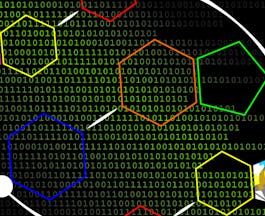
Johns Hopkins University
Skills you'll gain: Algorithms, Bioinformatics, Computer Programming, Python Programming, Computational Thinking, Data Structures, Data Analysis, Programming Principles, Computational Logic, Computer Programming Tools
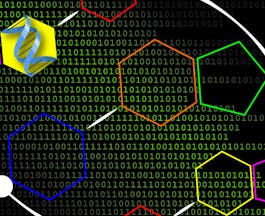
Johns Hopkins University
Skills you'll gain: Bioinformatics, Data Analysis, Biostatistics, Computational Thinking, General Statistics, Research and Design, Big Data, Experiment, Statistical Analysis, Computer Programming Tools

The State University of New York
Skills you'll gain: Big Data, Bioinformatics, Data Analysis, Data Analysis Software, Statistical Programming, Algorithms, Computer Programming
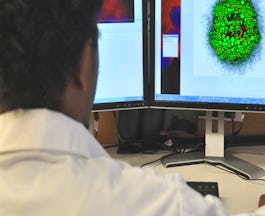
Icahn School of Medicine at Mount Sinai
Skills you'll gain: Bioinformatics, Probability & Statistics, Mathematics, Differential Equations, Network Analysis, Graph Theory, Matlab

University of California San Diego
Skills you'll gain: Algorithms, Bioinformatics, Computer Programming, Computational Thinking, Theoretical Computer Science, Python Programming

University of Toronto
Skills you'll gain: Bioinformatics

Imperial College London
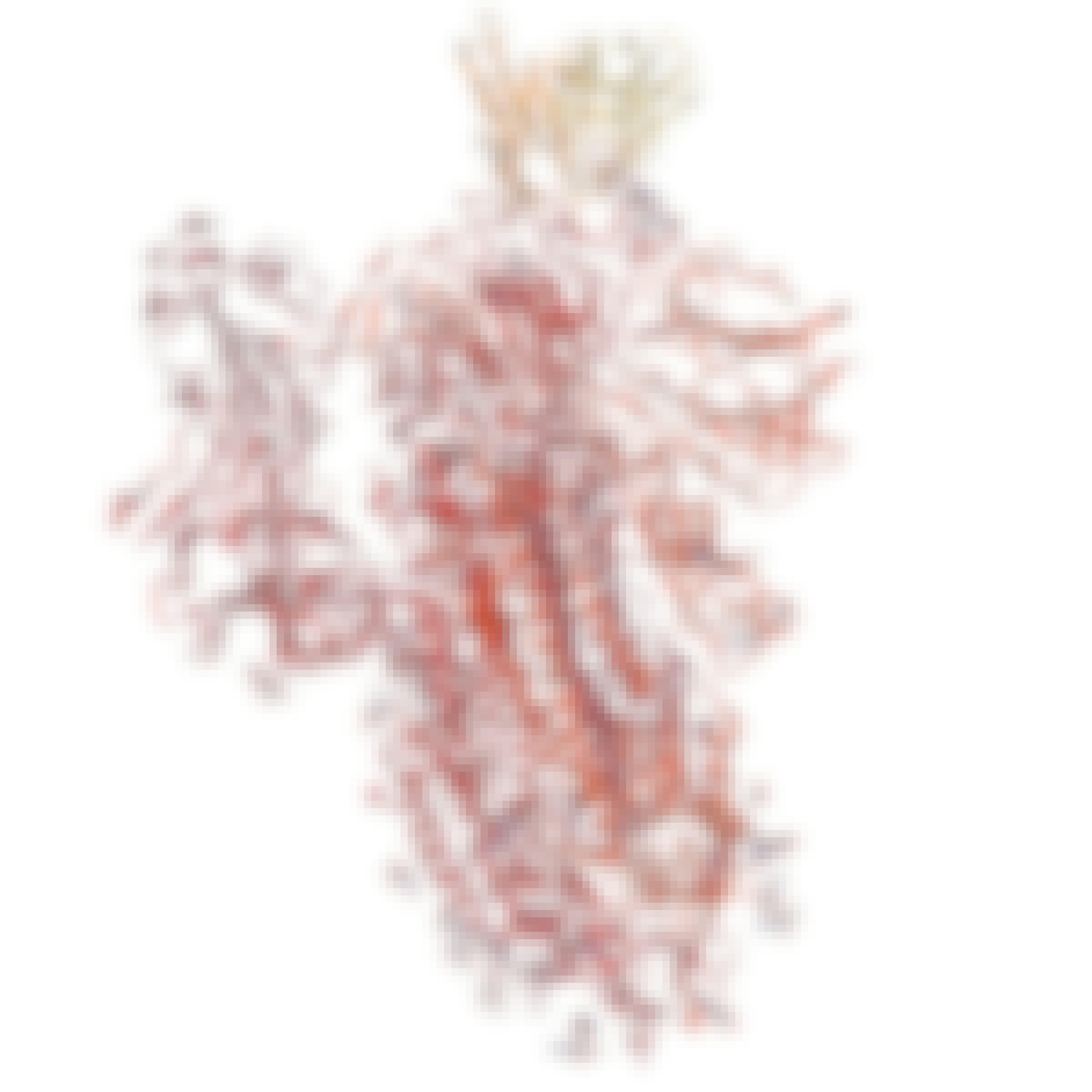
Coursera Project Network
Skills you'll gain: Bioinformatics, Python Programming

Johns Hopkins University
Skills you'll gain: Bioinformatics, Data Analysis, Data Analysis Software, R Programming, Exploratory Data Analysis, General Statistics, Computer Programming
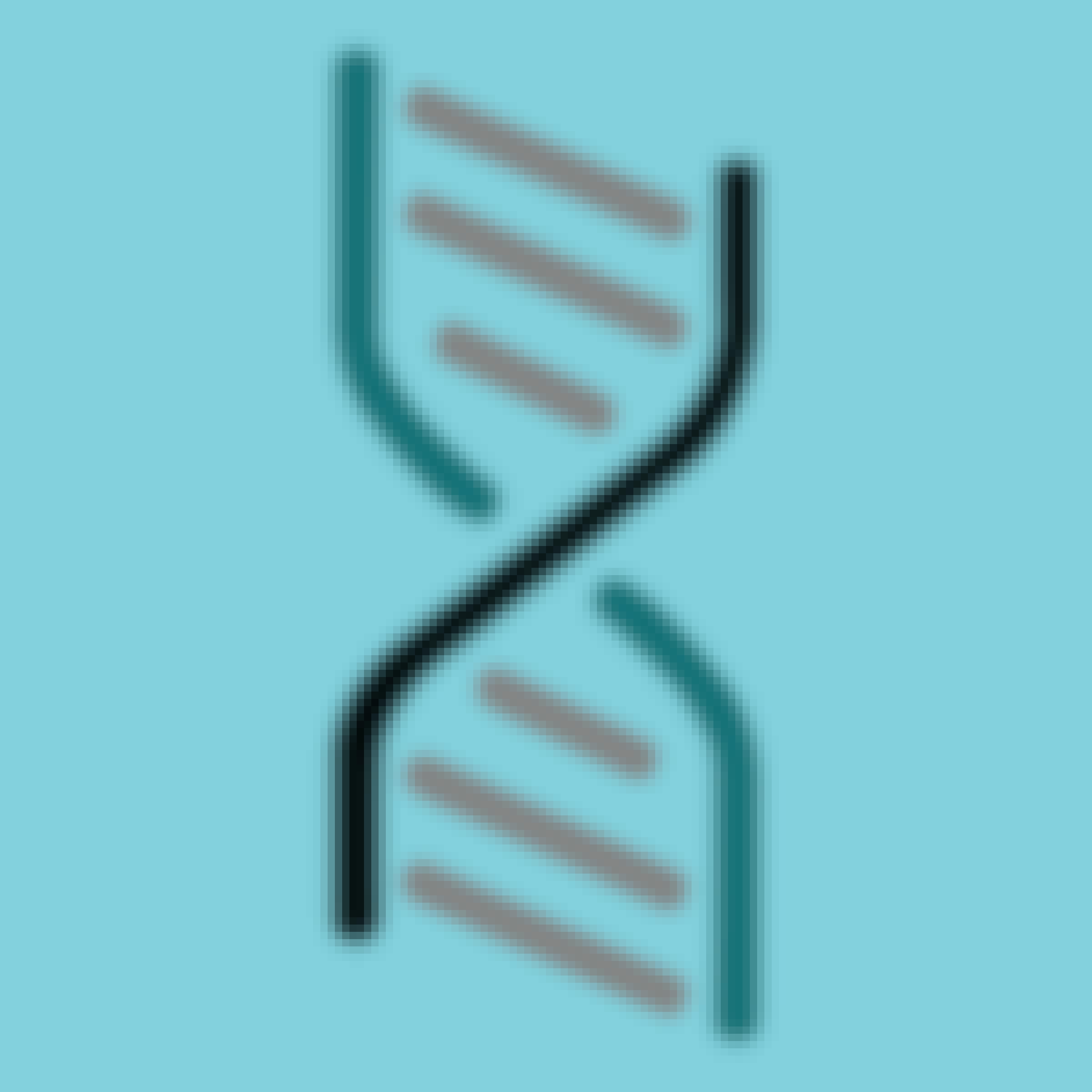
University of Illinois at Urbana-Champaign
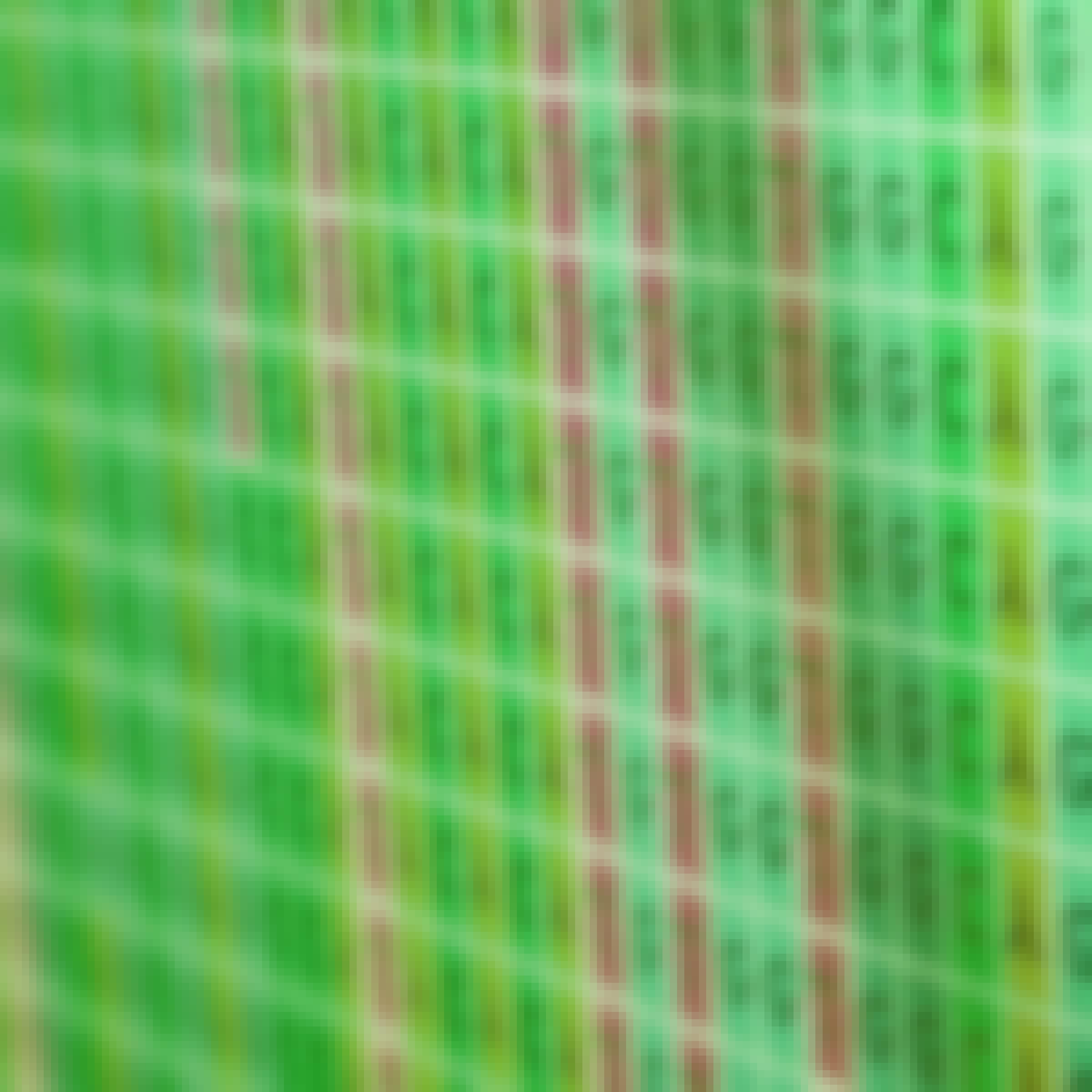
University of Toronto
Skills you'll gain: Bioinformatics, Probability & Statistics

Johns Hopkins University
Skills you'll gain: Bioinformatics, General Statistics, R Programming, Statistical Analysis, Statistical Tests, Biostatistics, Data Analysis, Probability & Statistics, Correlation And Dependence, Statistical Programming
Searches related to bioinformatics
In summary, here are 10 of our most popular bioinformatics courses
- Algorithms for DNA Sequencing: Johns Hopkins University
- Introduction to Genomic Technologies: Johns Hopkins University
- Big Data, Genes, and Medicine: The State University of New York
- Systems Biology and Biotechnology: Icahn School of Medicine at Mount Sinai
- Genome Sequencing (Bioinformatics II): University of California San Diego
- Bioinformatic Methods II: University of Toronto
- Master of Science in Machine Learning and Data Science: Imperial College London
- Access Bioinformatics Databases with Biopython: Coursera Project Network
- Bioconductor for Genomic Data Science: Johns Hopkins University
- Genomics: Decoding the Universal Language of Life: University of Illinois at Urbana-Champaign










